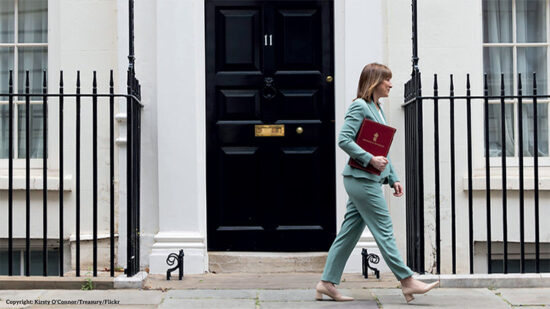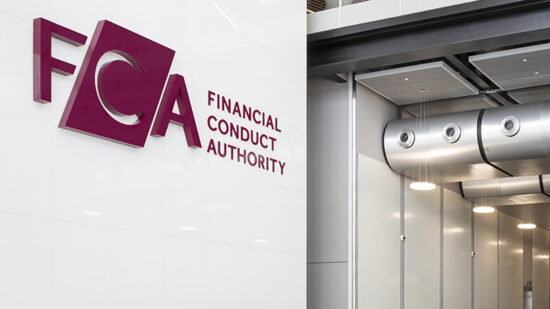When it comes to building a client portfolio, there are thousands of funds from which to choose.
Analysing each fund and carrying out the due diligence takes time and expertise. Ensuring the right fund is selected for each asset class and blending individual funds within a portfolio is crucial; get it wrong and it can have disastrous consequences for the client, and may lead to complaints, litigation and the attention of regulators.
Building an investment process, known as a centralised investment process, can help advisers. Putting a robust, repeatable and recorded advice process in place to underpin client recommendations not only reduces the potential risk to an adviser’s business but can also help keep their clients’ investments on track.
Managing expectations
Building an investment process will help but it does not remove the risk of selecting the wrong funds for a client. Choosing the right investments can also be the most time-consuming part of the advice process.
Financial advisers that are both expert financial planners and qualified managers are few and far between. The two disciplines are very different and require separate skill sets. Investment management, ie portfolio construction and fund selection, can introduce a layer of risk to an adviser’s business that is difficult to mitigate without expert knowledge.
Something regulators are beginning to focus on is how the suitability of investment offerings have been demonstrated and recorded. This helps ensure that any future challenges to investment performance can be refuted if the task has been correctly and diligently completed.
It is no surprise that financial planners are increasingly looking to delegate (but not abdicate) responsibility to those for whom investment management is a core activity.
By delegating the investment process to a team of experts, advisers will not only simplify and reduce their compliance burden but, importantly, will free up time they can spend with clients to discuss or review their broader financial planning needs.
Investment solutions
There are many investment solutions available to advisers looking to delegate some or all of the investment process:
Multi-asset fund – this contains a cross section of carefully selected assets and funds. A fund manager will actively manage the fund on a daily basis.
Selected range of funds – an investment expert will research the market and provide a shortlist of vetted funds from which the adviser can choose.
Model portfolios – these are researched portfolios compiled by investment experts to meet a specific risk profile, and are usually reviewed quarterly.
Discretionary services – where an investment professional, usually a discretionary fund manager (DFM), provides a more bespoke investment service to the client. It is often more effective for the entire investment process to be outsourced to the DFM.
Partnering with investment experts can help advisers stay in control of the advice process, spend more time with clients and reduce the risk of making poor investment choices. All these are important considerations in building a sustainable business.
A typical investment process checklist
- Fact-find This is an imperative first step in helping to understand a client’s investment needs, attitudes and objectives.
- Risk assessment for investing This helps the adviser understand the client’s attitude towards investment risk, particularly their willingness and capacity to accept loss.
- Wrapper selection Following on from the fact-find, the adviser should now be able to determine which product wrapper is appropriate for the client.
- Suitability This step is crucial in enabling advisers to make the right investment choice for different clients or different segments of clients who might have similar attitudes and preferences.
- Building a portfolio The asset allocation should be designed to maximise returns for the client’s individual risk level.
- Fund selection Choosing the right funds for the client to build their portfolio is arguably the most time-consuming part of the investment advice process.
- Ongoing review It is important to review the portfolio periodically to ensure it still meets the client’s needs and is performing in line with expectations.








